-
Posts
6,860 -
Joined
-
Last visited
Content Type
Profiles
Forums
Gallery
Events
Articles
Posts posted by gxseries
-
-
This coin seem to be wiped / cleaned at one stage.
-
 I can't stop
I can't stop  !!!
!!!

I don't think I need to express any more than that

-
Sorry, missed reading the conversation earlier.
I had to look at the 1788 5 kopek carefully and the line really doesn't make much sense. At first, I thought it was an off center 1757-1762 5 kopek with Elizabeth I monogram. The die clash with the letter E (above the number 8) makes it a lot more confusing. What I am more troubled is that if this is indeed an overstrike, there should be more details of the underlayer on the reverse from my experience.
-
Hello and welcome to coinpeople.
To answer your question - it would be best to post a photo and we might be able to give an advice. There is a possibility that it is a genuine error or it might have been washed in some green dye.
-
I've posted this a couple of years ago of a list of world mints, national banks and banknote printing press. The original list already had a lot to start off with and this time I have updated with a couple more which I missed.
The two that are in this list this time are Gibraltar national mint and North Korea Pugang coin corp.
Please feel free to let me know if I am missing any more on the list.
http://gxseries.com/worldmoneylist.htm -
Thanks Rarenum - will be looking forward to it!

Been trying to look for similar examples over the years but I think it's unique.
-
There's definitely some interesting history behind them. Such overstrikes are definitely somewhat underrated in my opinion. The way I see it is that the banks must have accumulated unusable coinage and sent them to be the mints to be destroyed. This did not happen and the mints just overstruck them. Out of all major overstruck event, I reckon 1795 MM series is the toughest, excluding all other offside / one off overstrikes, 1795 MM 5 kopek being the toughest as Moscow Mint mostly overstruck over 1762 10 kopek.
More than a decade ago, I remember there was an overstruck coin over a pattern. Can't quite remember what it is now but I'm certain the underlying host was a 1724 kopek with the word kopek in a square pattern instead of the rectangular pattern. Another one is a 1730 denga which showed a rather clear feature of the 1724 kopek.
There's a couple more hypothetical overstruck coins in my opinion that could have happened but yet to be proven -
1) Overstruck 5 kopek over counterfeit 5 kopek. I cannot see why this couldn't have happened.
2) Overstruck 5 kopek over the illusive 1757 5 kopek, which is supposedly missing commemorative coin from Sestroretsk mint. Problem is no one really knows what they even look like for starters!
I suspect the discovery could be made any time in the near future. Afterall, I did suspect a while back that Sestroretsk mint was known to overstrike 1 ore coins into 1 kopek and there was no reason why 2 ore coins couldn't have been used to overstrike to 2 kopek coins.
-
It's interesting to see how some of the older coins survived for a period of time and finally met its fate to be overstruck.
Here's another example that missed a few overstrike events, this being a rather scarce 1796 4 kopek.
I have a 1793 2k EM overstruck over 1796 4 kopek and I was researching about it.
-
This is a bit far stretched but what grabbed my attention is a couple of coins in this find.
The key find of these dug copper coins is an Australian 1930 penny. This, if it is proven to be genuine is a rather rare copper coin and is the holy grail of the entire Australian copper coinage.
Put that aside, if you look at the fifth photo, this is clearly a Russian 2 kopek coin. As of why it was in that lot, who knows. I find it pretty odd considering that the rest of the coins are almost 100 years older than the coin itself. Who knows, maybe a grandchild of a Russian migrant that moved to Australia had it as a keepsake and dug it with the rest of the copper coins.
Something random but thought I'll post it anyway.

-
I might be beating a dead horse here but I thought I'll bump this thread up. Can't believe it has been nearly seven years!
Any luck Rarenum?

-
To put it in perspective, 500 yen is still worth a fair bit of money. 500 yen is about 4-5 USD or 2-3 GBP depending on the exchange rate.
-
1988 - Year of Dragon
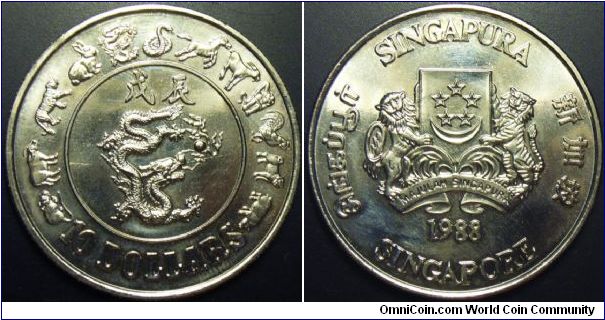
1986 - Year of Tiger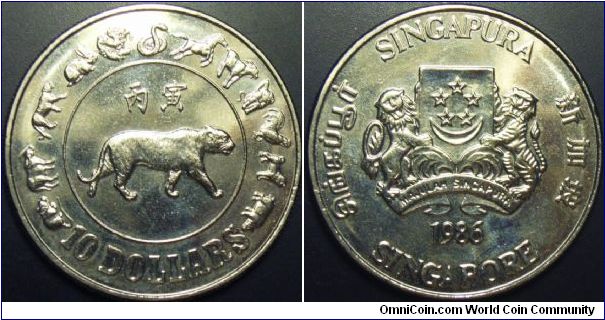
1985 - Year of Ox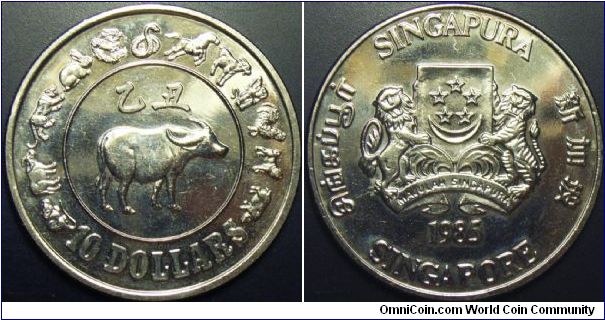
1984 - Year of Rat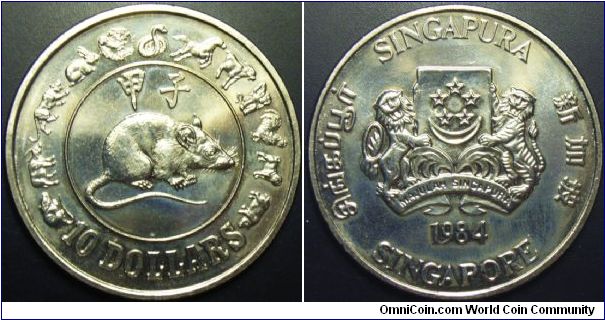
1983 - Year of Pig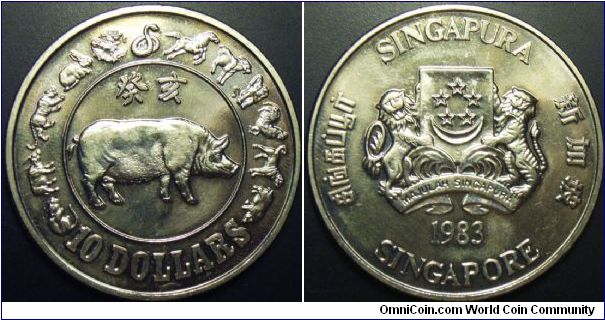
1982 - Year of Dog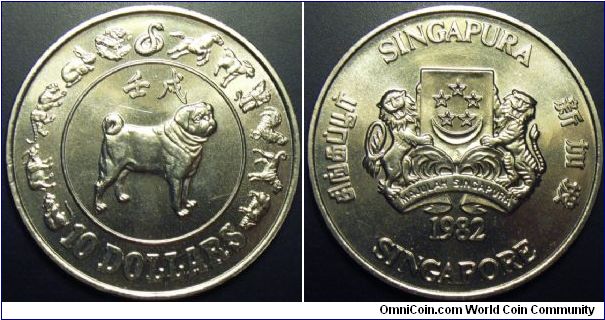
1981 - Year of Rooster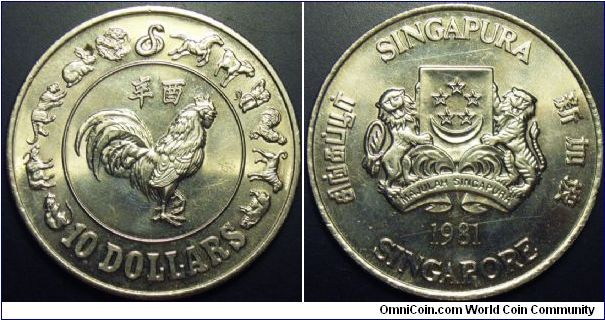
That reminded me that I bought most of the Singapore coins for less than face value. Can't go wrong with that! -
Ok, it seems a bit quiet here so I'll start. Photos aren't the best as I've taken them a few years ago...
2011 - Year of Rabbit
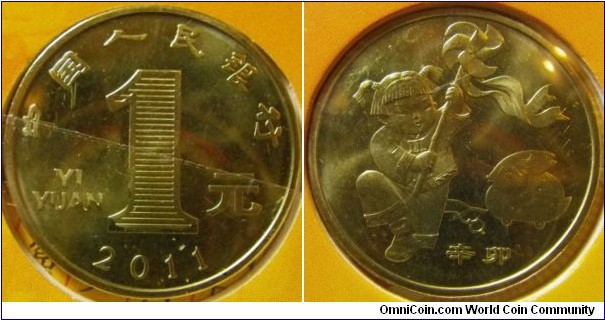
2010 - Year of Tiger
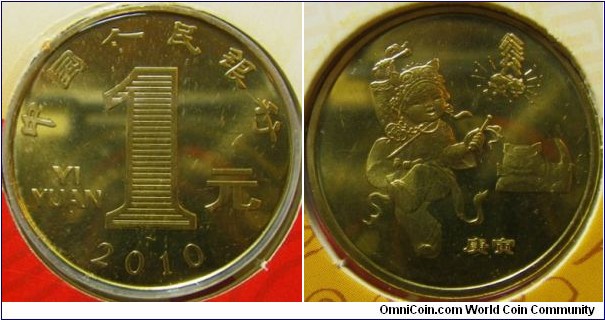
2009 - Year of Ox
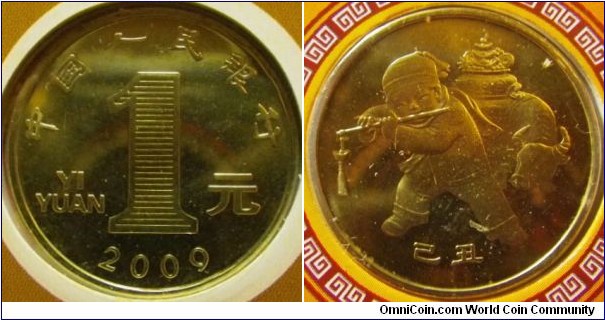
2008 - Year of Rat
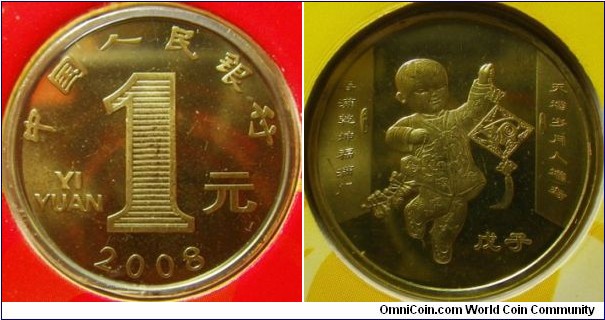
2004 - Year of Monkey

2003 - Year of Sheep
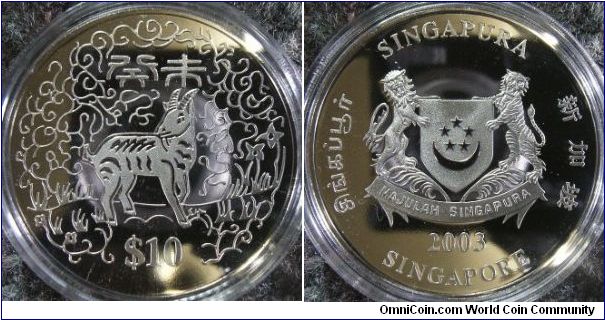
To be continued
-
Welcome to coinpeople!
To start off with, can you please post a photo so that we have a better idea and aid you in the right direction?
-
Sure, here are some pictures
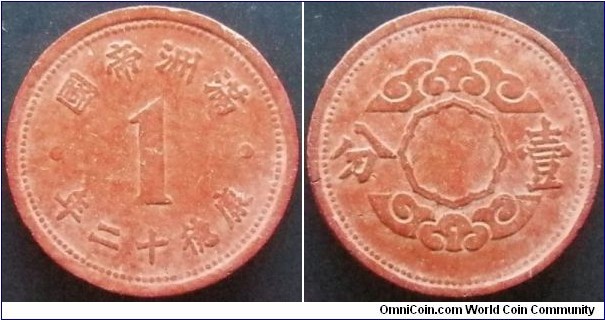
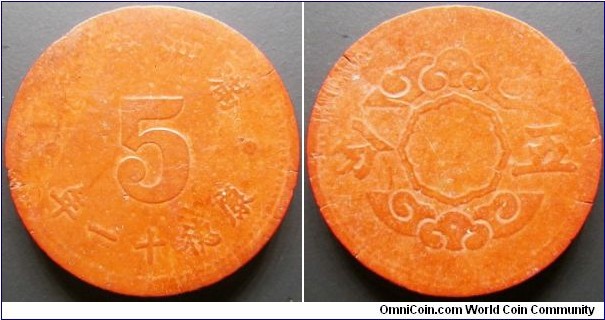
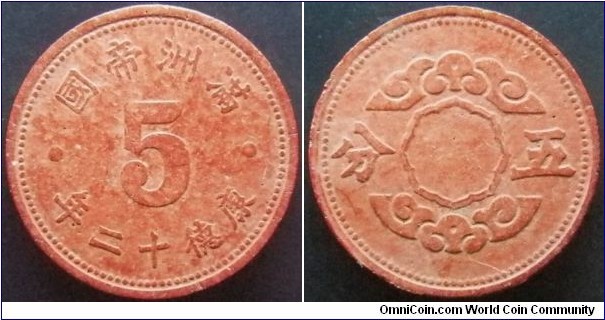
Some catalog reckon the 1945 5 fen coin is extremely rare but that doesn't seem to be true at all.
And to top it off, Japan was also planning to release similar coins if the war was to extend longer than it did. Believe the material is different but you get the idea.
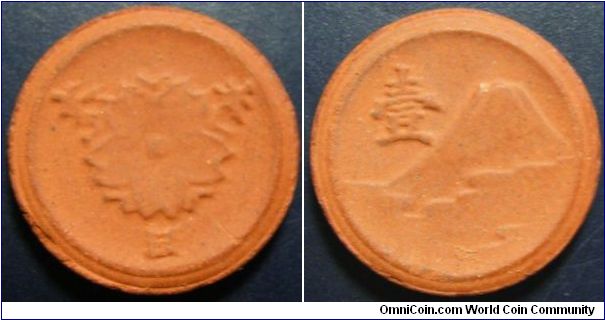
-
Many thanks thedeadpoint and Art.
Thedeadpoint - to answer your question, these coins were only struck in between 1941 and 1943. I haven't found a source that mentions their mintage figure. Comparing this with other Japanese puppet states at that time such as East Hopei, Manchukuo, Hua Hsing - there is just no decent record for all of them with the exception of Manchukuo, which only the first few years were recorded.
As of what I think has happened, there may have been a fair amount of them minted in 1943. However as the war progressed longer than expected and aluminum becoming a strategic metal, these coins could have been recalled to be melted down. Manchukuo coins have also fallen to this fate - aluminum coins were issued till 1943 and in the following years, fiber coins were issued.
-
This has been a difficult series to collect. Despite what catalog value suggest, this is an eye opener. A somewhat neglected series but a tough one to assemble.
Struck in between 1941 to 1943 during the Japanese occupation, the Provisional Government has authorized the Federal Reserve to issue coins. These coins are exactly the same as the Japanese aluminum coins that were issued at that time. In particular, when Osaka mint had to make drastic option to reduce the weight of aluminum, these Federal Reserve coins also followed suit. While it is not clear where these coins were struck (either Osaka or in China), they definitely are of the same planchets.
There is only nine coins to this series and catalog value wise, there doesn't seem to be any reason why they can't be completed for around 200 dollars. Turns out this is just an indicative and it does not reflect reality. Three difficult coins are as followed (from slightly difficult to very difficult): 1942 5 fen, 1943 1 fen, 1943 5 fen. As of why 1943 coins are hard to find - who knows. Maybe Japan was facing a situation where aluminum had to be rationalized. However that doesn't explain why 1943 1 jiao coins are rather common...
The holy grail of this series is the 1943 5 fen - which I had to sell off some of my coins to purchase this. Unfortunately cleaned and perhaps paid way over catalog value but I'm certain this is one coin that doesn't appear in the market any time soon. The last time i saw it, it was about two - three years ago.
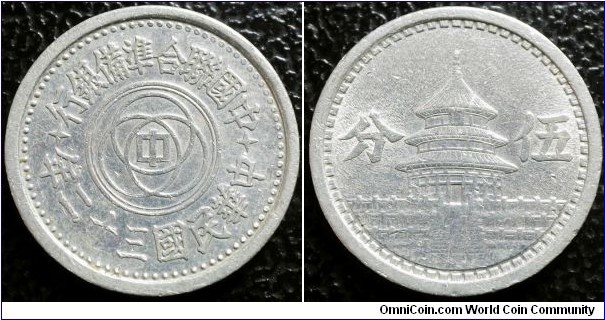
As of how long I took to hunt down all the coins, it took a good five years (!) The rest of the collection can be seen here:
http://gxseries.com/numis/china/china_federal.htm
Please feel free to show your coins as well!
-
Happy birthday!
-
I've looked at the history of platinum usage for research a few years ago and came across very interesting articles. While I can go and start writing about how scarce it is to where it's currently being mined - I'll leave that to google.
The only officially struck platinum coins that did circulate was from 1828 - 1845 in Russia. What I am more interested is when exactly did gold plated platinum coins started to circulate and when it ended. From my understanding, during the Spanish conquest of South America, platinum was usually found with gold and it was an undesirable metal. It was difficult to melt down with the technology back then. Therefore platinum was cheaper than gold.
Counterfeiters like in any other era will find the best way to make profit. As platinum is denser than gold and much cheaper than gold, it is not too difficult to match the weigh unlike using cheap base metals. By gold plating platinum coins, the weight could be around the same or slightly heavier.
Now comes the questions which I struggled to find.
1) What is the earliest event of gold plating platinum and when did it end? Can we put an year of when is the first known gold platinum coin and last dated gold plated platinum coin? (obviously not the modern gold-platinum plated state quarter coins...)
2) Were gold plating platinum coins manufactured by counterfeiters only or some were officially struck by mints? Reason why I asked is the details of some coins just look too good to be counterfeit.
3) What countries were involved in this? As far as I know, Spain, France and England had such coins. Are there more to this list? I think I remember seeing a Russian gold coin that is plated platinum however this is a unique example.
4) When the plating eventually wear off, did such coins continue to circulate or were they immediately removed and culled as counterfeit? Or did they continued to circulate until platinum prices rose and that caused their downfall?
There is a book that I wanted to get hold of, which is a book that describes the technology St. Petersburg used to strike the first Ural platinum coins and how they managed to get around various challenges. There could be more books that I am unaware of.
Finally, to end this, this is an example that I obtained a while ago. Just never got around to catalog what I have.
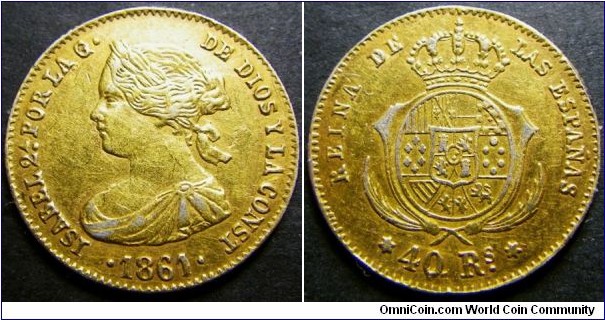
As you can see, there are signs of wearing and some silvery parts show up. I know some would ask if this was actually plated silver but this coin is actually slightly heavier than a genuine example. There are also scratch marks and I'm certain this was done back in the days to find out if this was real gold or gold plated platinum. I personally find it quite neat considering how many questions this coin made me think.
If you have any gold plated platinum coins, please feel free to post!
-
I've seen a couple of those in person. One of them at the Australian Mint and the other at a coin dealer. That said, I should have a photo of it that I took a while ago...
-
I think this might be a bit harsh but there's too much limitation that maximizes the sale that you are hoping for.
The ideal scenario in this case would be to find a buyer that is a) local,
 knows what he / she is looking at, c) willing to pay a substantial premium
knows what he / she is looking at, c) willing to pay a substantial premium Given that this is an Austrian coin and is not American, a lot of buyers aren't aware of what they are looking at. This may be more popular back in Austria however by limiting the market plus being in an area where foreign coins aren't hot - it's not a surprise.
The only other alternative that I can see is that you have to be flexible with your option. Whether it is to sell overseas or forced to sell at a loss, it would be best to hold onto it unless you really need the money.
-
I reckon Uzdennikov's personal letter is worth far more than the coin itself!
Impressive story and thanks for sharing!
-
IMO, the 4 kopek would have been better off if it was left off as it was. Surface seem to have been altered a bit too much.
-
From moderating point of view, there is no problem if our regular members mention Sincona sales.
It's only when you have brand new members that register and start promoting from day one which is not any better than a scammer.


A new way to deter counterfeits?
in Coin Forum
Posted
I've read this interesting article from Japan and I can't imagine why this cannot be used to fight against counterfeits.
In particular, the highlight of this new technology is this:
" Although mass-produced products look smooth and identical to the naked eye, they are different under the microscope because even items cast from the same molds bear unique surface patterns. "
Unlike the previous way of identifying slabbed coins by barcode number which can be easily duplicated and then counterfeit coins can be placed duplicated barcode numbered slabs - this completely eliminates a lot of problems.
The article can be seen here: http://www.japantimes.co.jp/news/2015/06/07/business/tech/nec-develops-way-id-everyday-objects/#.VXYvJFIZaFn
What do you think?